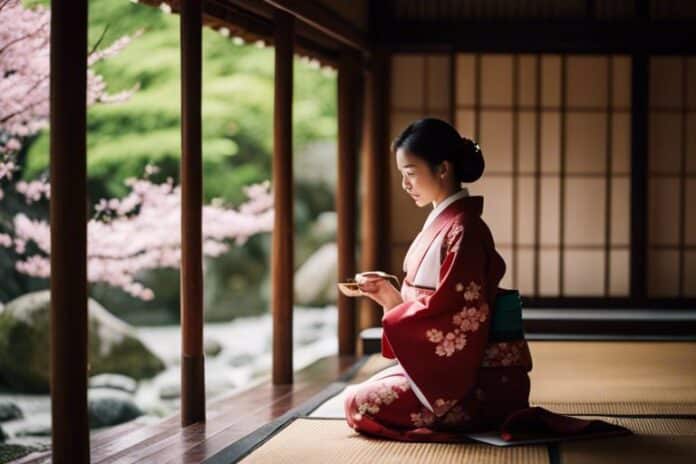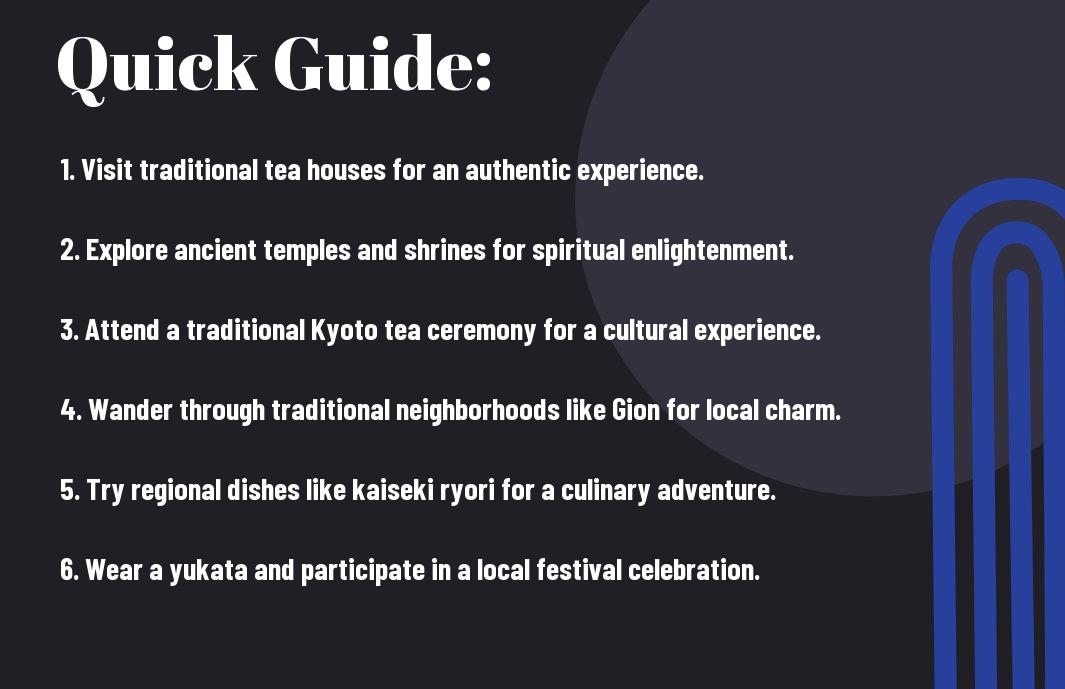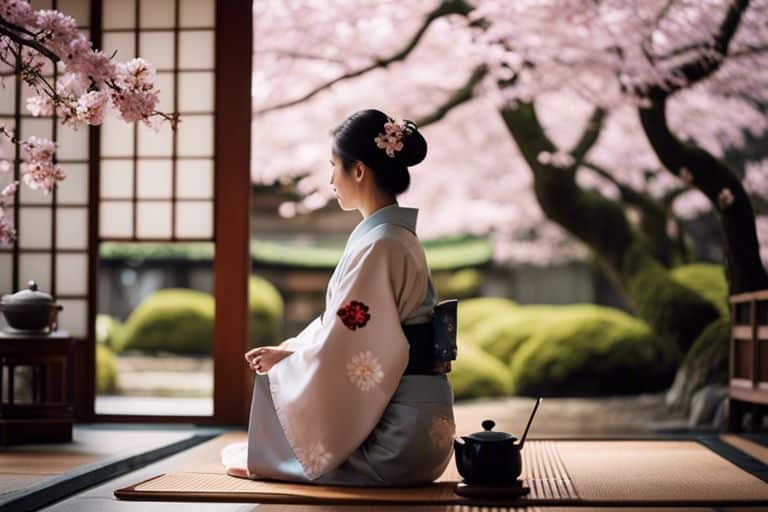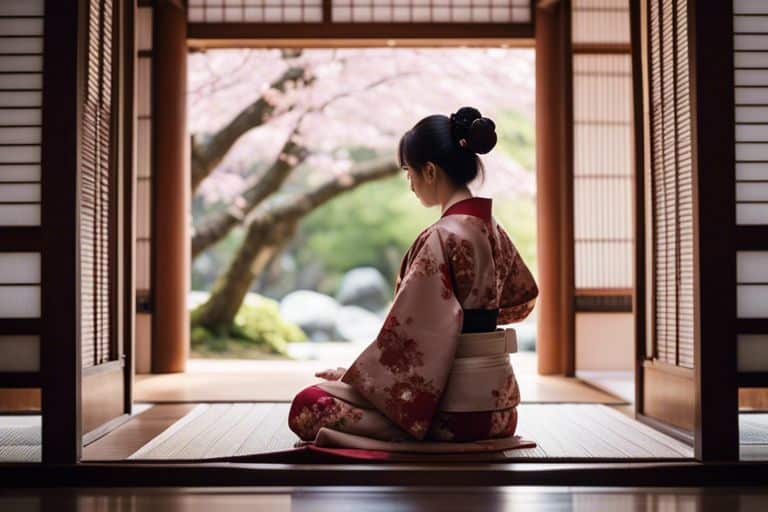Embark on a journey of cultural immersion in Kyoto, Japan like never before with our insider tips for a truly unforgettable travel experience. From traditional tea ceremonies in tranquil temples to vibrant festivals steeped in centuries-old traditions, Kyoto offers a plethora of authentic Japanese experiences waiting to be discovered. As you navigate through the ancient streets lined with historic wooden machiya houses, be sure to indulge in local delicacies like savory matcha treats and exquisitely prepared kaiseki meals. Whether wandering through the iconic bamboo groves of Arashiyama or witnessing the breathtaking beauty of cherry blossom season in full bloom, Kyoto is sure to captivate your senses and leave you longing for more.
Types of Cultural Immersion Experiences in Kyoto
Even a brief visit to Kyoto can offer a deep dive into Japanese culture through a variety of immersive experiences. From historical and spiritual site visits to arts, crafts, and traditional workshops, there are countless ways to engage with the rich cultural heritage of this ancient city. Exploring Kyoto’s gastronomy and culinary traditions or participating in seasonal and festive events are just a few more avenues for travelers seeking a truly authentic Japan travel experience. Community and neighborhood involvement provide yet another layer of insight into the daily life and traditions of Kyoto residents.
| Historical and Spiritual Site Visits | Gastronomy and Culinary Adventures |
| Arts, Crafts, and Traditional Workshops | Seasonal and Festive Participations |
| Community and Neighborhood Involvement |
Historical and Spiritual Site Visits
One of the most popular ways to immerse yourself in the cultural heritage of Kyoto is by visiting its many historical and spiritual sites. From the iconic Fushimi Inari Taisha with its thousands of vermillion torii gates to the serene Zen gardens of Ryoan-ji Temple, each location offers a glimpse into Japan’s rich history and spiritual practices. Exploring the ancient Shinto shrines and Buddhist temples of Kyoto is a truly enlightening experience that allows visitors to connect with the traditions and beliefs that have shaped Japanese culture for centuries.
Arts, Crafts, and Traditional Workshops
Immersion in Japanese culture extends beyond sightseeing to hands-on experiences in arts, crafts, and traditional workshops. Visitors can try their hand at traditional tea ceremony, pottery making, or even kimono dressing to gain a deeper appreciation for the intricate skills and craftsmanship that define Japan’s artistic traditions. These workshops not only provide a creative outlet but also offer a unique opportunity to learn from skilled artisans and practitioners who are dedicated to preserving Japan’s cultural heritage.
Types of workshops range from calligraphy and origami to sake brewing and wagashi (traditional Japanese sweets) making. Whether you’re interested in learning a new skill or simply observing the meticulous process of creating these artisanal products, there is a workshop to suit every traveler’s interests and preferences.
Gastronomy and Culinary Adventures
Gastronomy plays a vital role in Japanese culture, and Kyoto is a culinary paradise for food enthusiasts. From traditional kaiseki meals to street food stalls offering savory snacks like takoyaki and yuba, there is something to satisfy every palate in this gourmet city. Participating in visits to local markets, sake breweries, and cooking classes not only allows visitors to sample a wide array of Japanese cuisine but also provides insights into the ingredients, techniques, and traditions that underpin Japan’s culinary heritage.
Cultural festivals like Gion Matsuri and Kyo no Tanabata offer opportunities to taste seasonal specialties and witness culinary traditions in action. Whether you’re savoring a bowl of matcha tea during a traditional tea ceremony or enjoying a multi-course kaiseki dinner at a ryokan, gastronomic experiences in Kyoto are sure to leave a lasting impression on any discerning food lover.
Seasonal and Festive Participations
Any visit to Kyoto is enriched by participating in the city’s seasonal and festive events. From cherry blossom viewing in spring to autumn leaf-peeping in the fall, there are countless opportunities to witness the natural beauty and seasonal traditions of Japan in this historic city. Cultural celebrations like Setsubun and Omisoka offer insights into Japanese customs and rituals, while local neighborhood festivals provide a glimpse into the vibrant community spirit that thrives in Kyoto throughout the year.
The participations in these events not only offer a chance to connect with locals but also provide a firsthand experience of the traditions and values that are deeply ingrained in Japanese society. Whether you’re donning a yukata for a summer festival or joining a hanami picnic under the cherry blossoms, participating in seasonal and festive events is a memorable way to engage with the heart and soul of Kyoto’s cultural life.
Step-By-Step Guide to Planning Your Kyoto Cultural Immersion
Unlike a typical vacation, embarking on a cultural immersion journey in Kyoto requires thoughtful planning and consideration. To ensure a meaningful experience, it is essential to prepare in advance and tailor your itinerary to align with your cultural interests and preferences.
| Identifying Your Cultural Interests | Practical Tips for a Smooth Experience |
Cultural Immersion Interests:Before diving into the planning process, take some time to reflect on your cultural interests. Do you have a passion for traditional tea ceremonies, zen gardens, or historical landmarks? Identifying what aspects of Japanese culture intrigue you the most will help you create a customized itinerary that caters to your preferences. |
Practical Tips for a Smooth Experience:One of the most critical aspects of planning a cultural immersion trip to Kyoto is preparing in advance. Research the cultural sites you wish to visit, make reservations for popular experiences, and familiarize yourself with local customs and traditions. By planning ahead, you can avoid last-minute stress and make the most of your time in Kyoto. |
- Cultural Interests: Identify your specific interests in Japanese culture.
- Smooth Experience: Plan ahead to make reservations and research cultural sites.
One aspect to consider when planning your cultural immersion journey in Kyoto is the importance of respecting local customs and etiquette. By adhering to these norms, you not only show respect for the culture but also enhance your overall experience by fitting in harmoniously with the local community.
Respect and Etiquette: Fitting in Harmoniously
Kyoto holds a rich history and deep cultural traditions that should be approached with reverence. When visiting temples, shrines, or interacting with locals, it is crucial to demonstrate respect and observe proper etiquette practices. By bowing when greeting others, removing your shoes before entering certain establishments, and refraining from loud behavior in public spaces, you show a genuine appreciation for the local culture.
- Kyoto: Respectful behavior and adherence to etiquette are paramount in Kyoto.
Factors to Consider When Choosing Your Immersion Activities
For a truly immersive travel experience in Kyoto, it’s essential to carefully select your immersion activities. By considering various factors, you can tailor your experiences to match your interests and preferences, ensuring a memorable trip. Here are some key points to keep in mind when deciding on your cultural immersion activities:
- Time of Year and Seasonal Offerings
- Budget and Expense Planning
- Physical and Accessibility Considerations
Time of Year and Seasonal Offerings
The time of year you visit Kyoto can greatly impact the seasonal offerings available for cultural immersion activities. For example, cherry blossom season in spring presents the opportunity for hanami (flower viewing) picnics and tea ceremonies in traditional gardens. In contrast, the fall foliage season allows for tea ceremonies amidst vibrant autumn hues.
Budget and Expense Planning
When considering your budget for cultural immersion activities, it’s important to research the expense planning associated with each activity. Some experiences may require a significant investment, such as private tea ceremonies or kimono rentals, while others, like temple visits or public tea ceremonies, may be more budget-friendly.
Choosing activities that align with your budget and financial expectations will help you make the most of your cultural immersion experience without overspending. Be sure to factor in costs such as transportation, entrance fees, and any additional expenses that may arise during your activities.
Physical and Accessibility Considerations
Yearning to take part in cultural immersion activities requires considering physical and accessibility considerations. Some experiences in Kyoto may involve extended periods of walking, kneeling, or standing, which could be challenging for individuals with mobility issues. Be aware of the level of physical activity involved in each activity and ensure it aligns with your personal capabilities.
To fully enjoy your immersion activities, it’s essential to choose experiences that you can comfortably participate in, taking into account any accessibility considerations that may affect your enjoyment or ability to fully engage in the cultural activities available.
Pros and Cons of Deep Cultural Immersion
| Advantages | Challenges |
| Rich cultural understanding | Cultural differences and misunderstandings |
| Personal growth and development | Language barriers |
| Authentic experiences | Feeling like an outsider |
| Building global connections | Adjusting to social norms |
| Broadening perspectives | Overcoming homesickness |
Advantages of an In-Depth Cultural Experience
On the journey of deep cultural immersion, travelers can gain a rich cultural understanding that goes beyond surface-level exposure. By engaging with locals and participating in traditional activities, individuals can develop a profound appreciation for the customs and traditions of the destination. This experience can lead to personal growth and development as travelers broaden their horizons and challenge their perspectives.
Challenges and How to Overcome Them
Cons of immersing deeply in a new culture can include cultural differences and misunderstandings, posing challenges in communication and social interactions. Additionally, language barriers may hinder the ability to fully engage and connect with locals. To overcome these obstacles, travelers can prepare by learning basic phrases in the local language and approaching interactions with an open mind and respect for cultural differences.
Cons of immersing deeply in a new culture can include feeling like an outsider and overcoming homesickness. To overcome these challenges, it’s essential to stay connected with loved ones back home, while also seeking support from fellow travelers or locals. Engaging in cultural activities and seeking opportunities for social integration can help foster a sense of belonging in a foreign environment.



